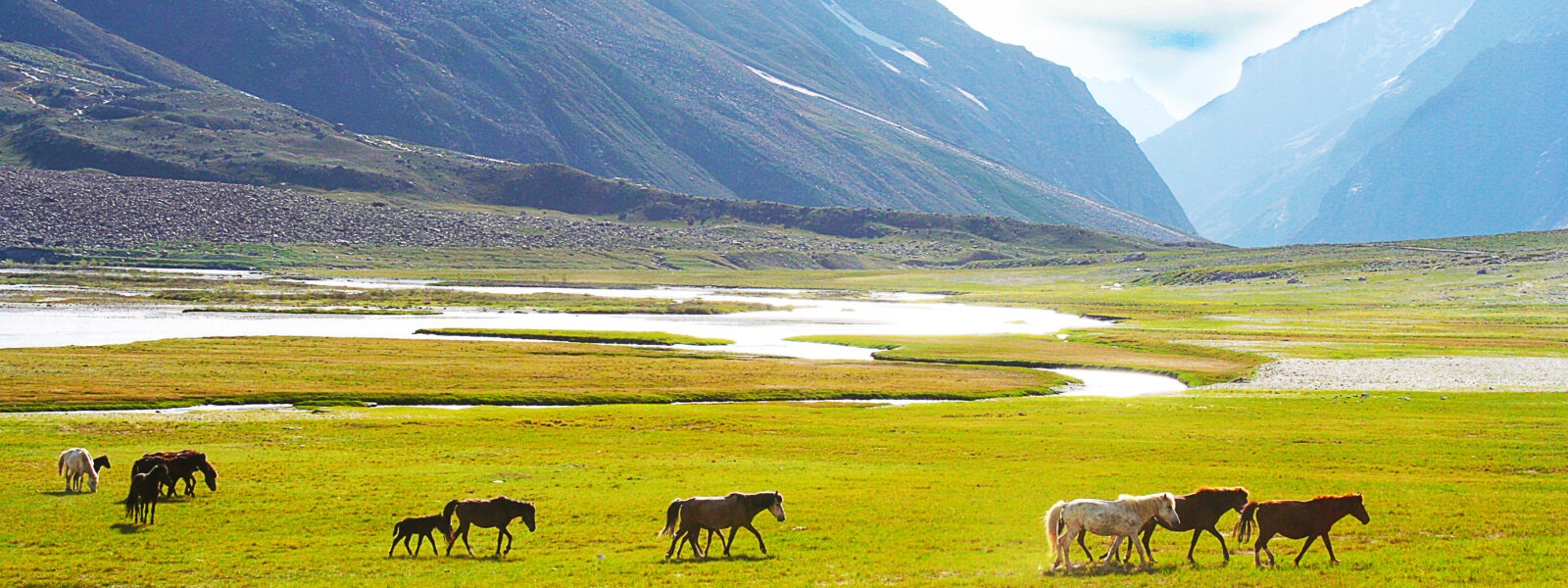Discover the hidden trekking trails of Suru Valley, Ladakh. This comprehensive guide uncovers the untouched beauty and remote trekking routes for adventurers seeking offbeat paths in the Himalayas.
The pristine and untouched beauty of Suru Valley is an adventurer’s dream, offering hidden trekking trails, remote landscapes, and rich cultural experiences. Nestled in the Ladakh region of India, Suru Valley is a hidden gem, often overlooked by trekkers heading to the more famous routes. However, for those seeking solitude, rugged terrain, and breathtaking views of the Himalayas, this valley presents an ideal destination.
In this guide, we’ll uncover the hidden trekking trails in Suru Valley, offering insights into how you can experience this untouched paradise while learning about local culture and adventure-packed journeys.
Introduction to Suru Valley: A Hidden Gem in Ladakh
Where is Suru Valley Located?
Suru Valley lies in the western part of Ladakh, stretching from Kargil to Rangdum. It’s surrounded by the towering Zanskar Range to the north and Nun-Kun peaks to the south, making it a secluded destination for trekkers. Often overlooked due to its remote location, Suru Valley boasts untouched landscapes and hidden trekking trails that cater to both beginners and experienced hikers.
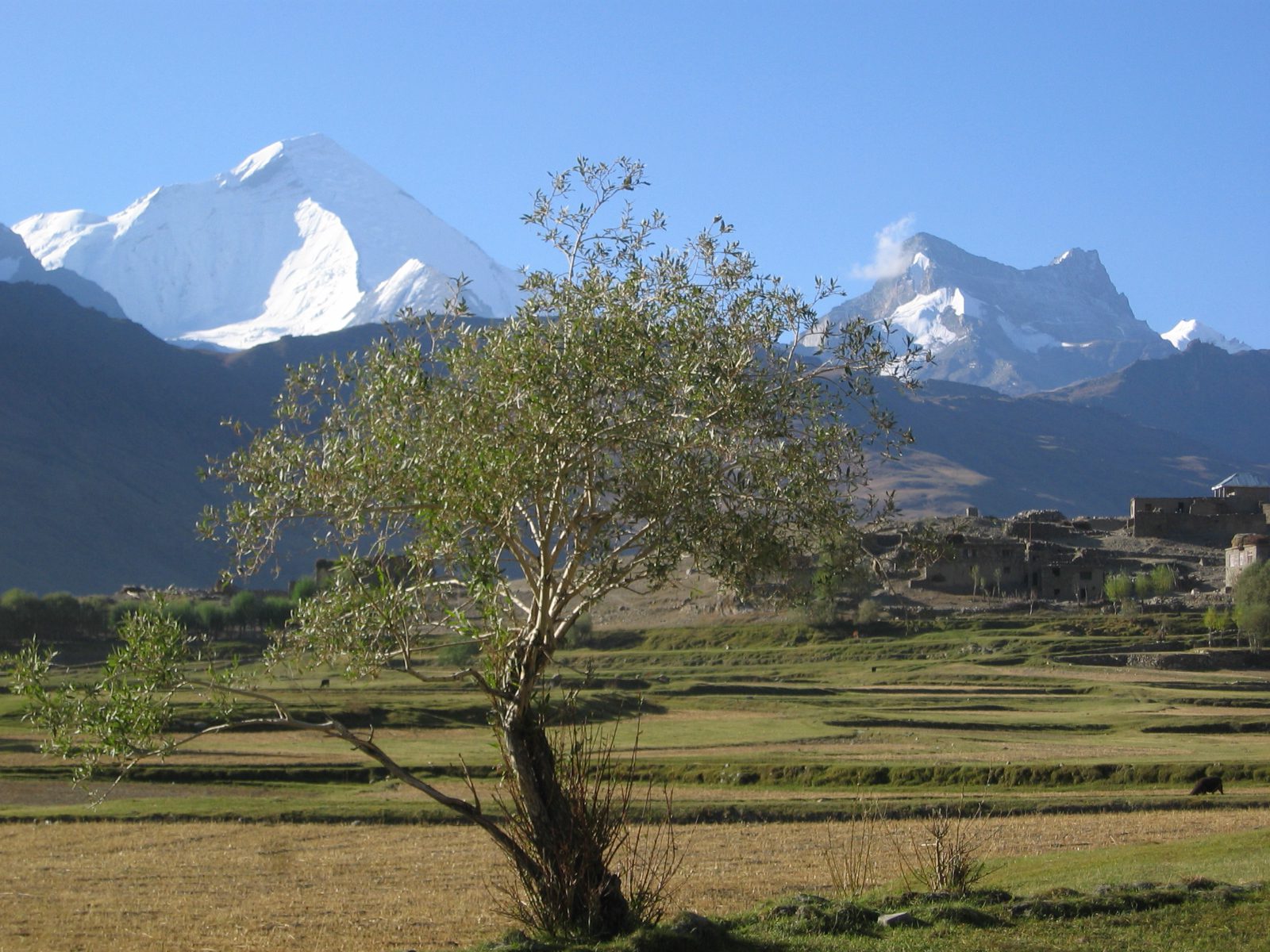
Why Suru Valley is Perfect for Offbeat Treks
Suru Valley is an offbeat trekking destination known for its unspoiled landscapes, offering a peaceful escape from more popular trekking routes like the Markha Valley. The valley’s alpine meadows, glacial formations, and serene rivers make it a nature lover’s paradise. The isolation of the region means you can trek for days without encountering large crowds, allowing you to truly immerse yourself in the untouched wilderness.
Top Hidden Trekking Trails in Suru Valley
Suru River Trek: Following the Path Less Traveled
One of the best ways to experience the untouched beauty of Suru Valley is by trekking along the Suru River. This trek takes you through lush valleys, picturesque villages like Panikhar and Parakchik, and along the pristine riverbanks. The Suru River Trek offers a moderate trekking experience with stunning views of the Himalayas, making it perfect for both novice and experienced trekkers. Along the way, you’ll encounter alpine meadows, wildflowers, and the occasional sight of Himalayan wildlife, including marmots and ibex.
“The Suru River Trek was an incredible experience. The tranquility of the river, the untouched nature, and the welcoming villages made it unforgettable. I never knew such beauty could exist in such a remote place.”
— Sarah Lopez, Travel Blogger, USA
Rangdum to Kanji Trek: A Journey Through Untouched Wilderness
The Rangdum to Kanji Trek is a challenging yet rewarding trail, offering trekkers a chance to traverse high-altitude passes and rugged terrain. Starting in the remote village of Rangdum, the trek takes you through untouched wilderness and ends in Kanji, a hidden gem village. This trek is ideal for those looking to experience the solitude of the Zanskar Range and is renowned for its breathtaking landscapes and cultural immersion with the local Ladakhi villages.
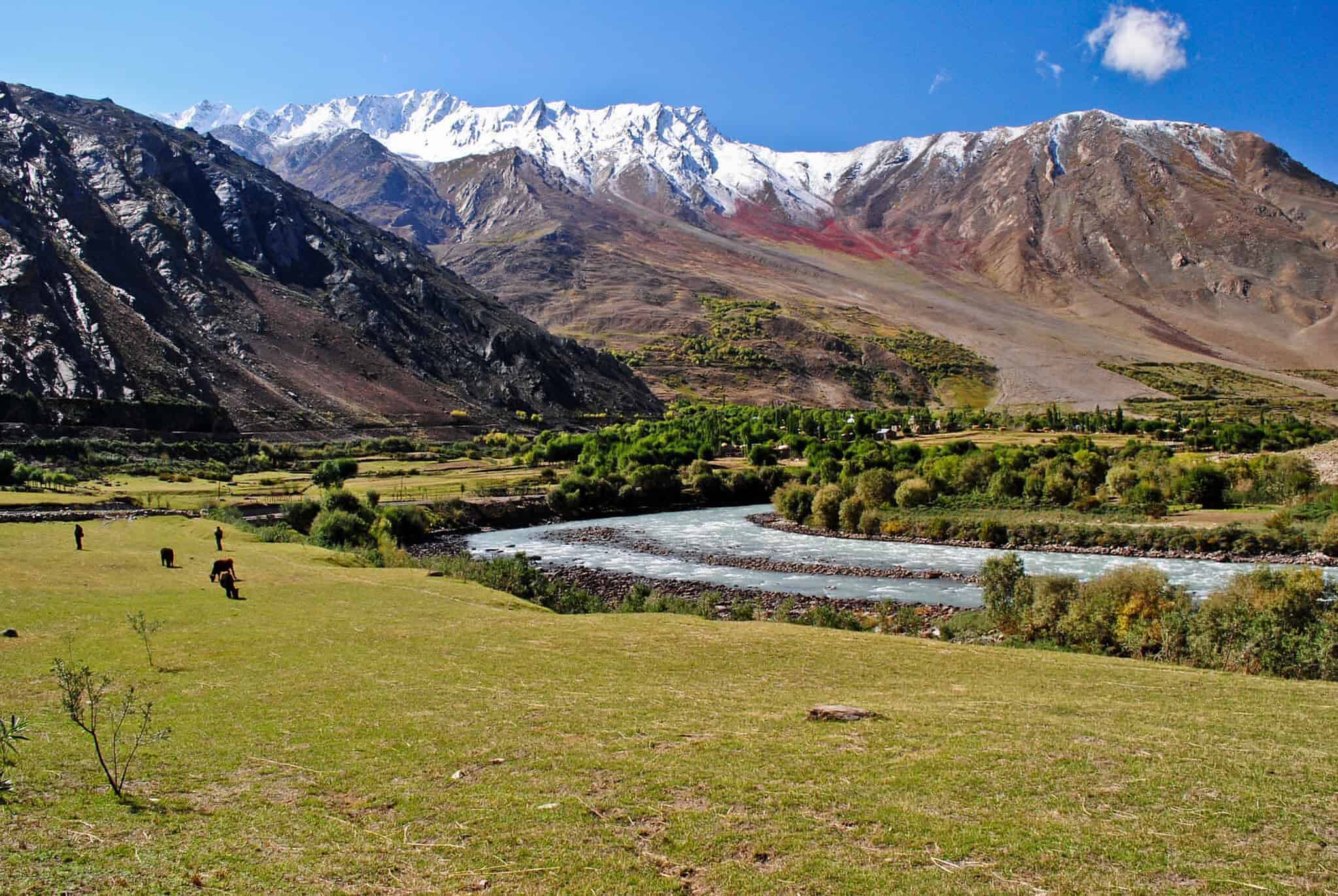
“Rangdum to Kanji was the most remote trek I’ve ever done. It felt like stepping into another world. The views were jaw-dropping, and the experience of staying in the villages was a highlight.”
— Rajiv Patel, Software Engineer, India
Nun-Kun Base Camp Trek: A High-Altitude Adventure
For those seeking a more challenging adventure, the Nun-Kun Base Camp Trek offers a high-altitude expedition to the foot of the towering Nun and Kun peaks. These twin peaks are the highest in the Zanskar Range, and the trek provides some of the most spectacular views in Ladakh. The glacial formations, combined with rugged mountain terrain, make this trek ideal for experienced trekkers looking for an off-the-beaten-path challenge.
“Trekking to the Nun-Kun Base Camp was a life-changing experience. The altitude was tough, but the scenery made it all worth it. It’s truly an unexplored trekking gem in Ladakh.”
— Emma Carlson, Adventure Enthusiast, Sweden
Planning Your Trekking Adventure in Suru Valley
Best Time to Trek in Suru Valley
The best time to trek in Suru Valley is from June to September. During these months, the weather is stable, and the trekking trails are free from snow, making it easier to navigate. The summer months provide clear skies and stunning views of the Himalayan peaks, while the valleys are covered in lush greenery and blooming wildflowers. Avoid the winter months, as the harsh weather conditions can make trekking extremely challenging.
Permits and Regulations for Trekking in Ladakh
Before embarking on your adventure, it’s important to secure the necessary trekking permits. For Suru Valley, trekkers may need to obtain an Inner Line Permit, which allows access to restricted areas near the border regions of Ladakh. It’s advisable to check with local authorities or trekking agencies in Leh or Kargil for updated information on permits.
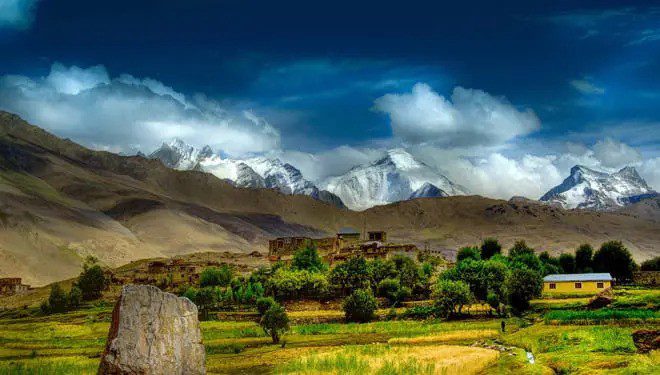
Packing Essentials for Suru Valley Treks
Suru Valley’s remote location and high-altitude conditions demand thorough preparation. Essential items for trekking in Suru Valley include:
- Warm clothing (layers for temperature fluctuations)
- Sturdy trekking boots
- Sleeping bag rated for cold weather
- Water purification tablets
- Energy snacks (trail mix, energy bars)
- First-aid kit
- Trekking poles for navigating uneven terrain
Packing appropriately ensures comfort and safety during your trek, especially in the challenging Himalayan terrain.
Exploring the Untouched Beauty of Suru Valley
Flora and Fauna: A Glimpse of Suru Valley’s Natural Diversity
Suru Valley is home to a diverse range of flora and fauna. The valley’s alpine meadows bloom with wildflowers during the summer months, creating a vibrant backdrop for trekkers. Wildlife enthusiasts can spot species like Himalayan ibex, marmots, and even snow leopards in the higher altitudes. Bird watchers will delight in the sight of golden eagles and lammergeiers soaring overhead.
Remote Villages Along the Trekking Routes
The villages of Suru Valley offer a unique cultural experience. Trekkers can stay in traditional Ladakhi homestays, where they can learn about the local way of life. Villages like Panikhar and Parakchik are often along trekking routes and provide a chance to interact with locals, understand their customs, and enjoy traditional Ladakhi cuisine. This cultural immersion adds a special touch to the trekking experience, connecting travelers with the heart of Ladakh.
“Staying in the villages during my trek was one of the best parts of the trip. The hospitality of the Ladakhi people and the simplicity of their way of life were humbling.”
— Miguel Torres, Photographer, Spain
Glacial Formations and Panoramic Views
The glacial formations that dot the landscape of Suru Valley are among the valley’s most striking features. On treks like the Nun-Kun Base Camp, trekkers can witness massive glaciers up close, offering breathtaking panoramic views of the surrounding snow-capped peaks. These glacial valleys provide a surreal, almost otherworldly experience, making the trek through Suru Valley an unforgettable adventure.
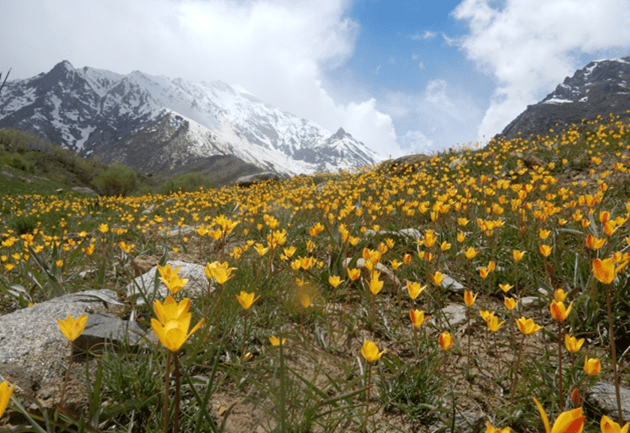
Suru Valley: An Offbeat Trekking Destination in the Himalayas
How Suru Valley Compares to Popular Ladakh Treks
While treks like Markha Valley and Chadar Trek draw larger crowds, Suru Valley’s hidden trails offer a quieter, more intimate trekking experience. The lack of commercialization and untouched nature make it a favorite among trekkers looking for solitude and raw beauty. The trails in Suru Valley also offer a greater sense of adventure due to their remoteness, making it a unique destination for those seeking a true Himalayan expedition.
Sustainability and Responsible Trekking in Suru Valley
As Suru Valley remains largely untouched by mass tourism, it’s crucial for trekkers to adopt sustainable trekking practices. By following the Leave No Trace principles, travelers can help preserve the valley’s natural beauty. Always carry your trash with you, avoid disturbing wildlife, and support local communities by staying in homestays and purchasing goods from local vendors.
How to Get to Suru Valley: Travel and Transportation Tips
Getting to Suru Valley requires a bit of planning. The nearest town, Kargil, is accessible by road from Srinagar or Leh. From Kargil, travelers can hire a local taxi or catch a bus to reach the starting points of various treks in Panikhar or Rangdum. While the journey may be long, the reward of experiencing the untouched beauty of Suru Valley is well worth the effort.
Practical Tips for Trekking in Suru Valley
Accommodations: Where to Stay in Suru Valley
Suru Valley offers a range of accommodation options for trekkers, from homestays in local villages to designated camping sites along trekking routes. Homestays provide a chance to connect with the local community and enjoy authentic Ladakhi meals, while camping allows you to immerse yourself fully in nature.
Trekking Safety: How to Stay Safe on High-Altitude Trails
Trekking in Suru Valley requires careful attention to safety due to the high-altitude conditions. Trekkers should take time to acclimatize properly, stay hydrated, and be aware of the symptoms of altitude sickness. It’s advisable to hire local guides who are familiar with the terrain and can help navigate the remote trails.
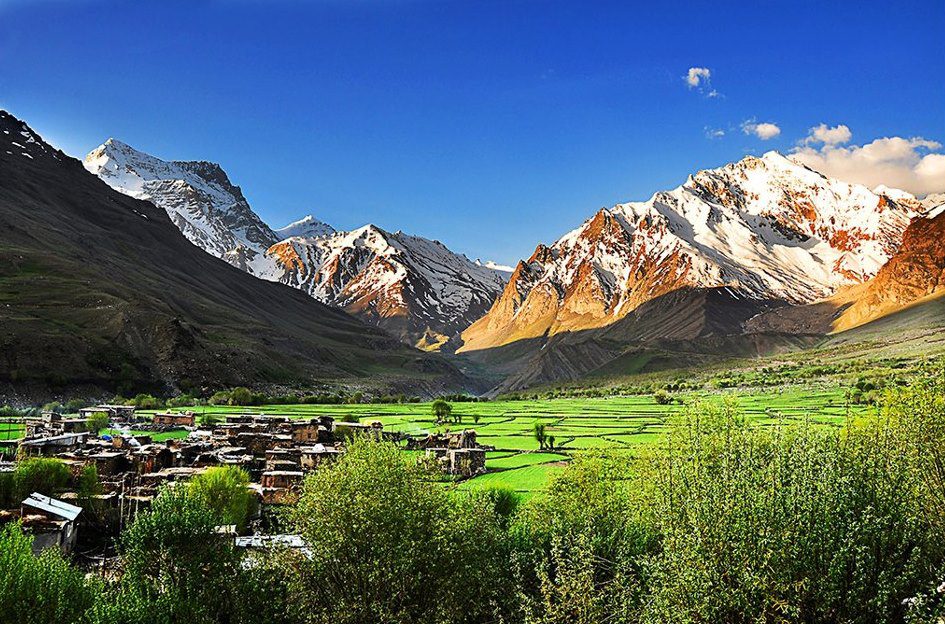
Sample Trekking Itinerary for Suru Valley Trails
| Day | Destination | Distance | Highlights |
|---|---|---|---|
| Day 1 | Kargil to Panikhar | 60 km | Scenic drive, views of Nun-Kun peaks |
| Day 2 | Panikhar to Trek Start Point | 15–20 km | Trek through lush alpine meadows |
| Day 3 | Trek to Nun-Kun Base Camp | 10–15 km | Ascend to the base camp of the towering Nun and Kun peaks |
| Day 4 | Return Trek to Panikhar | 15 km | Ending the trek at Panikhar village |
Frequently Asked Questions (FAQs) about Suru Valley Trekking
Is Suru Valley good for beginner trekkers?
While some routes are suitable for beginners, most trails in Suru Valley require good physical fitness and prior trekking experience due to high altitudes and challenging terrain.
What is the best time to visit Suru Valley for trekking?
The best time to trek in Suru Valley is from June to September, during which the weather is stable, and trails are clear of snow.
Do I need a permit to trek in Suru Valley?
Yes, you may need an Inner Line Permit for restricted areas in Ladakh, including some parts of Suru Valley. Be sure to check with local authorities for current regulations.
Are there local guides available for Suru Valley treks?
Yes, local guides can be hired in towns like Kargil or Padum. It is highly recommended to hire one to navigate the hidden trails and ensure a safe trek.
What is the altitude of the main trekking routes in Suru Valley?
The altitudes of popular treks like the Nun-Kun Base Camp range between 4,000 to 6,000 meters. Proper acclimatization is essential.
How do I prepare for trekking in Suru Valley?
Preparation includes physical fitness, acquiring the right gear, and being mentally ready for high-altitude challenges in a remote environment.
Conclusion: Discover the Untouched Beauty of Suru Valley
Suru Valley offers an unparalleled trekking experience for those looking to explore the untouched beauty of the Himalayas. With its hidden trails, remote villages, and stunning natural landscapes, Suru Valley is a must-visit destination for adventure lovers seeking solitude and serenity. Whether you’re trekking along the Suru River, challenging yourself on the Nun-Kun Base Camp trek, or exploring the Rangdum to Kanji route, this valley promises an unforgettable journey into the heart of Ladakh.
Explore the untouched beauty of Suru Valley on your next trekking adventure. Immerse yourself in Ladakh’s hidden trails and uncover the natural wonders waiting in the heart of the Himalayas!

